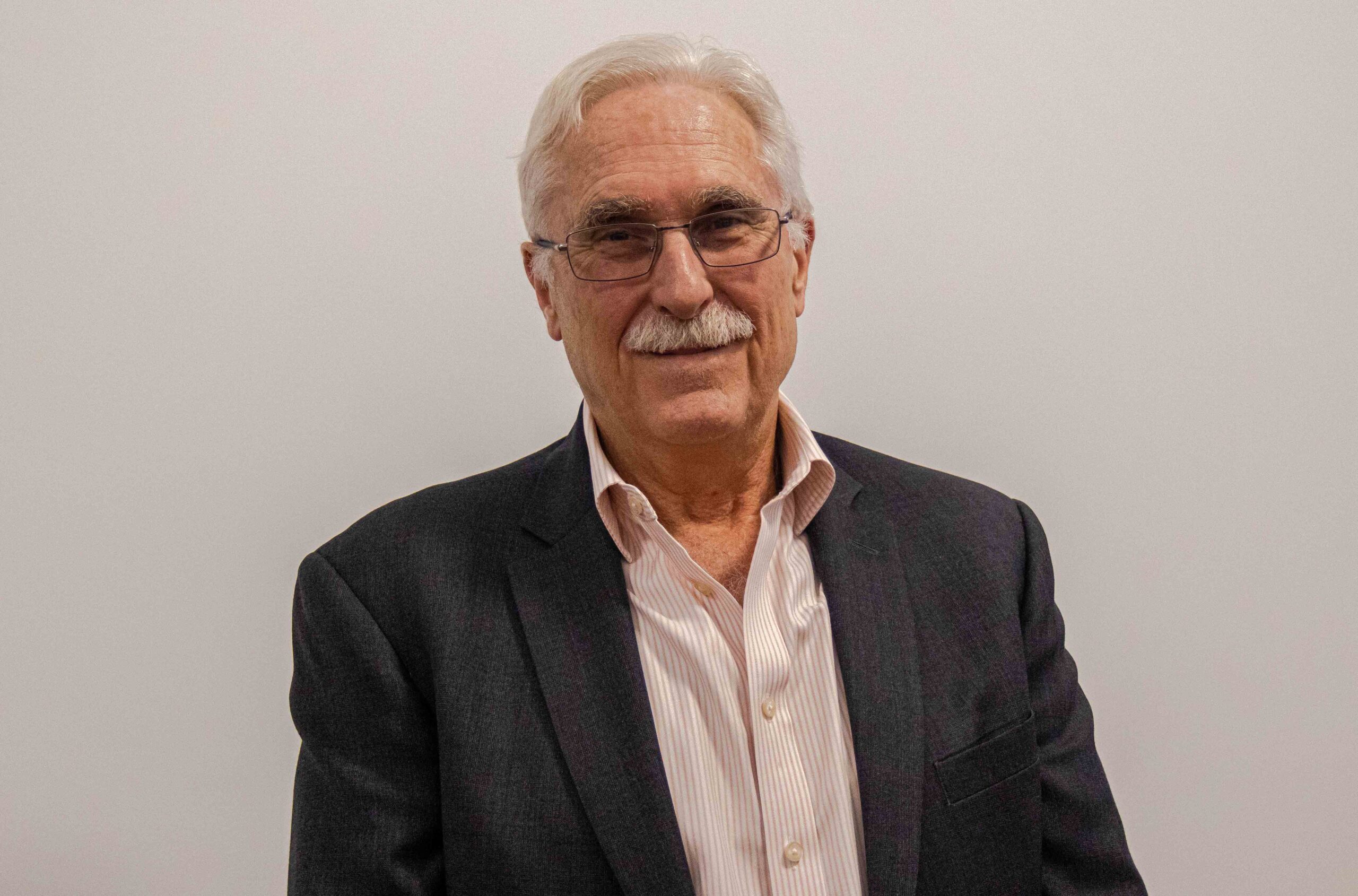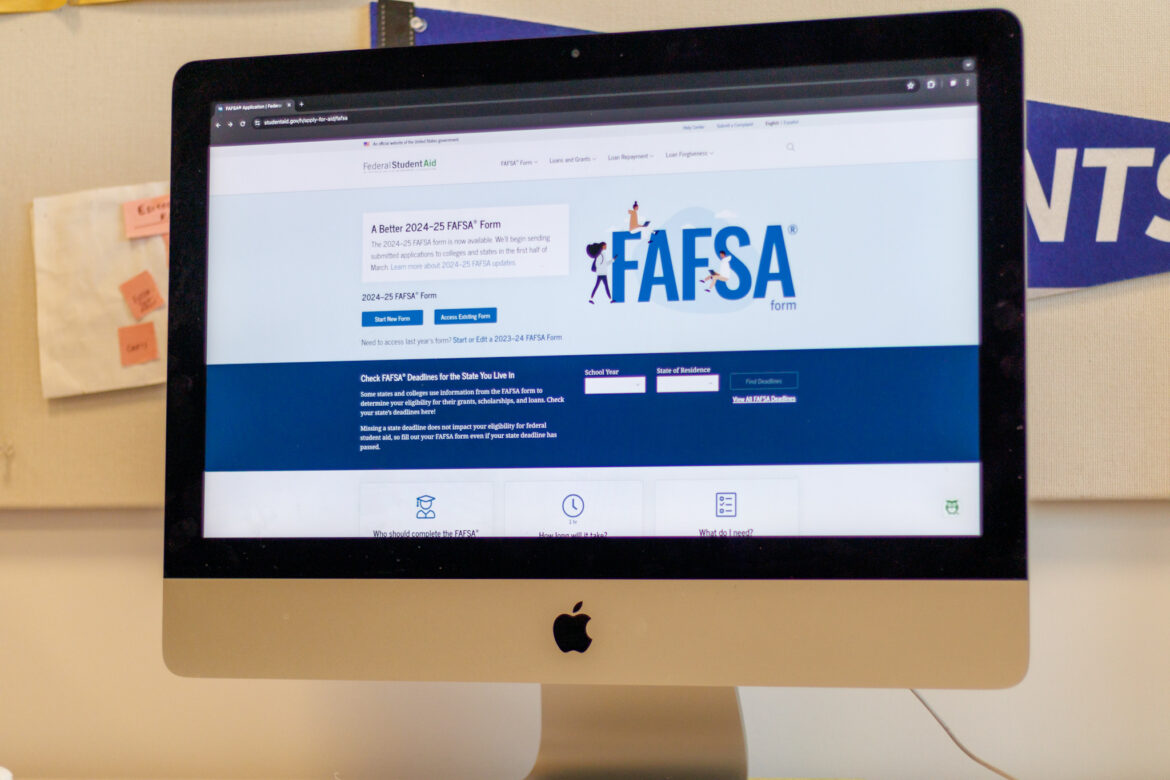Congress mandated the U.S. Department of Education to simplify and renovate the Federal Student Aid application (FAFSA), resulting in delays to its release as they implemented changes to the FAFSA form. These changes have made the form shorter by significantly reducing the number of questions, allowing students to skip more questions and increasing the Pell Grant awards to 610,000 students.
A soft launch of the form was released on Dec. 30, 2023, allowing only a small number of applicants within a constricted amount of time. These changes have come with complications and students on campus and nationwide are struggling to complete the new form.
James T. Anderson, Director of Financial Aid at Montclair State University, shed light on some of the new changes.
Some questions are worded poorly or have double negatives. Anderson explains how the questions in the FAFSA about the student’s dependency status are notably confusing.

James T. Anderson, Director of Financial Aid at Montclair State University. Allen Macaraeg | The Montclarion
Neisha Bayard, a senior and exercise science major, shared her stance on the questions.
“[The questions are] confusing and vague,” Bayard said.
She notes the ease in which students could misunderstand and select incorrect responses. This is a serious issue because inaccurate responses could have a significant effect on the amount of financial aid a student receives.

Neisha Bayard, senior exercise science major. Allen Macaraeg | The Montclarion
Crystal Aguero, a junior illustration major, shared her continuous struggles with FAFSA.
“What takes others 10 minutes to finish their application, takes me and my mom three-four months,” Aguero said. “Even now, I have not processed my application because there is no straight way to finish [it].”

Crystal Aguero, junior illustration major. Karsten Englander | The Montclarion
From December until mid-February, Aguero was unsure if the form would ever be available for her mom to complete. She was able to print and mail a physical copy of the FAFSA application thanks to TikTok, where she found this was an option. Unfortunately, it is nearing the end of March and she is still waiting to hear if her application has been received.
“My biggest takeaway from these experiences is that the FAFSA is not equipped for students whose parents do not have an SSN,” Aguero said. “It may seem simple, according to their website, but that’s far from the truth.”
Aguero’s story is an example of the resourcefulness and patience students with less-than-ideal circumstances need to have to receive financial aid.
Anderson explains that paper forms will eventually be processed by the US Department of Education once all online forms are processed, which explains the extended wait times.
The influx of complications has led to students expressing frustration when reaching out to the US Department of Education. Their resources are running slow because of online traffic on the student aid website. Getting a response from the online assistant chats or a phone call is difficult, commonly resulting in extremely long hold times.
This is not just a localized issue, “this is a federal problem,” as Anderson explains. Montclair State can help with FAFSA problems, but their resources can only do so much if improvements are not made at the federal level.
There are silver linings. The updated FAFSA form has positively impacted aid amounts for most students. Anderson ensures that Federal Aid will mostly remain the same, while state aids are delayed because of FAFSA problems.
“Although there are delays with the FAFSA, returning students should ultimately not be impacted because we do not process financial aid offers for returning students until after the spring semester,” Anderson said. “There is time for students to get FAFSA issues resolved. The key thing is that returning students must file the FAFSA without issue. For students currently receiving the New Jersey Tuition Aid Grant (TAG), the state deadline was pushed back to May 15. Students must file the form by that date to qualify for TAG for next fall.”
There are also other ways to find financial support. Montclair State has partnered with ScholarshipUniverse, a tool that provides internal and external scholarships while helping students find the best matches for their needs.



